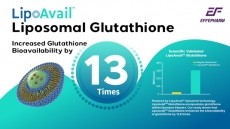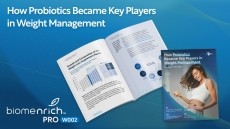Artemis extends excipient-free purple corn line
standardised to 12 percent anthocyanins, extending the options for
companies developing antioxidant-based products.
Purple corn is a crop native to Peru, where it has been used since before the time of the Incas.
It is usually cultivated at 10,000 feet and although it can also be grown in the valleys it is thought that the higher altitudes play a part in its vivid purple color.
Artemis already has two other purple corn products in its portfolio, standardised to 7.5 percent and 11 percent anthocyanins.
It says these are "obtained by aqueous extraction followed by a process of concentration, and spray dried" .
Marketing manager Leslie Gallo said that this adds to the options for customers who choose to formulate without maltodextrin or other carrier ingredient.
Purple corn market Gallo added that the company is seeing "increased interest" in purple corn products.
Not only can they be used in products marketed on a healthy platform, but they can also provide a break from run-of-the-mill flavours for shakes and similar products.
In addition, Artemis says purple corn can also be a "great natural colorant" .
Science Artemis says that the most abundant of the anthocyanins found in purple corn is cyanidin-3-glucoside.
The company cited several pieces of research that suggest beneficial health benefits provided by purple corn and cyanidin-3-glucoside.
For instance, it says research into the efficacy of purple corn to help combat colorectal cancer is "promising", since in a study using mice with colorectal carcinomas, lesions were seen to significantly decrease (Hagiwara et al, 2001).
The anthocyanin was seen to increase endothelial nitric oxide synthase production, which in turn relax vascular endothelial cells and, indirectly, affect blood pressure (Xu et al, 2004).
Cyanidin-3-glucoside from purple corn was also investigated as part of an obesity study using mice, to determine its potential as an anti-obesity and anti-diabetic agent.
In animals given the anthocyanin, levels of adipocytokines like adiponectin and leptin - proteins that are markets of glucose homeostasis in the blood - were seen to increase.
(Tsuda et al 2004).
Marketing with Linnea The new ingredient - as with the rest of Artemis' berry extracts and PhytoSolutions formulations - will be co-marketed in the United States through its partnership with Linnea.
The two companies, both of which have a base in berry ingredients, signed their partnership agreement one year ago, with a view to extending distribution of their products in North America and the rest of the world.













